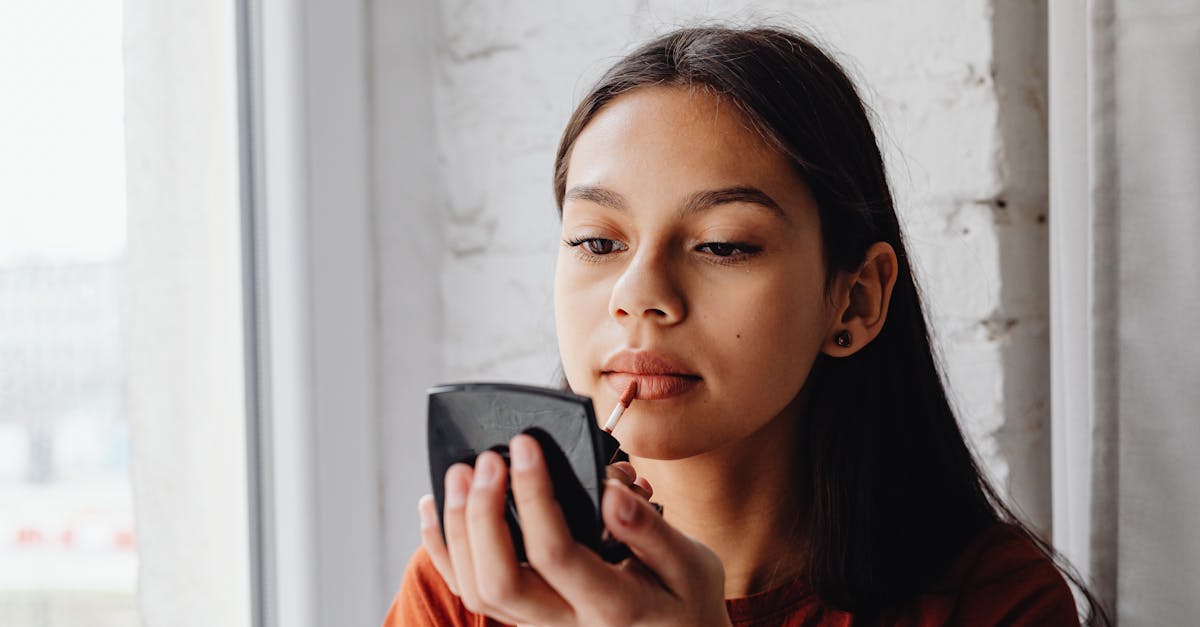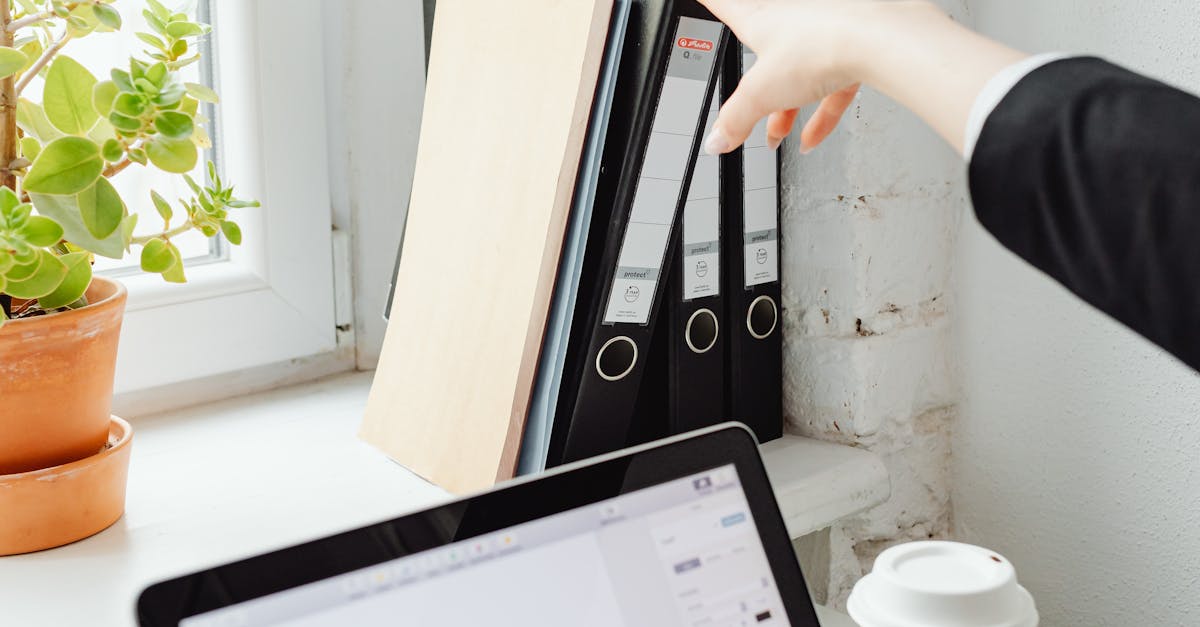
Cleaning Your Windows
Cleaning the windows thoroughly is essential for a successful UV Protection Window Film Installation. Begin by removing any dust, dirt, or debris that may hinder the adhesion of the film. Use a soft cloth or a microfiber towel to wipe down the surface. Avoid using any harsh chemicals that could leave residue. Instead, opt for a gentle glass cleaner or a mixture of vinegar and water to achieve a crystal-clear surface.
After the initial cleaning, focus on any stubborn stains or spots. It's important to ensure the glass is completely free from oils and residues. Employ a razor blade or a scraper for persistent blemishes, taking care not to scratch the glass. Once the surface is spotless, wipe it down again with a clean, dry cloth. This thorough preparation sets the stage for the next steps in the installation process.
Steps for a Spotless Surface
Before applying UV Protection Window Film Installation, ensuring your windows are spotless is crucial. Start by gathering the necessary supplies, including a soft cloth, a squeegee, and a cleaning solution that won’t leave streaks. Using a mild soap diluted in water works well. Spray the solution onto the glass surface and wipe it down, making sure to remove any dust, dirt, or fingerprints. Rinse with clean water to avoid leaving residues and dry with a lint-free cloth for a pristine finish.
Once the surface is clean, it is essential to inspect it for any remaining blemishes. Look closely for scratches, chips, or contaminants that might interfere with the film’s adhesion. If you notice any imperfections, consider using a glass polish to enhance the clarity. A spotless surface not only facilitates better adhesion but also improves the overall aesthetic of the UV Protection Window Film Installation. Taking the time to ensure cleanliness will yield a more professional-looking result.
Applying the Film
Applying the film requires careful attention to detail to ensure a smooth and effective result. Begin by measuring your windows accurately. Cut the UV Protection Window Film to fit the dimensions of each pane, allowing for a slight overlap around the edges. This preparation helps create a clean and professional look after installation.
Once you have the film cut, peel away the backing just enough to secure the top portion to the window using the provided adhesive. Make sure to align it properly to avoid any misplacement. Gradually work your way down, smoothing the film with a squeegee to eliminate air bubbles and wrinkles. Take your time during this step to ensure an optimal application.
StepbyStep Installation Process
Begin your UV Protection Window Film Installation by carefully measuring and cutting the film to fit your window size. Use a sharp utility knife for clean edges. Ensure you have an extra inch on each side to allow for adjustments during the application. It helps to lay the film on a flat surface with the adhesive side facing up. Prepare a misting solution of water with a bit of dish soap to help with repositioning the film during installation.
Once the film is cut, spray the window with the misting solution for easier adjustments. Carefully peel back the liner from a corner of the film and apply that corner to the top edge of the window. Gradually peel back the rest of the liner while pressing the film against the glass. Use a plastic squeegee to push out any air bubbles, starting from the center and moving outward. Continue smoothing the film down until it adheres fully to the surface, ensuring a neat finish without creases.
Troubleshooting Common Issues
When applying UV protection window film, issues such as bubbles or wrinkles can often arise. To address bubbles, use a small squeegee or a credit card to gently push the air towards the edges of the film. If bubbles persist, a small pin can puncture the bubble, allowing air to escape. Always be cautious to avoid damaging the film during this process.
Wrinkles may occur if the film is applied too quickly or with insufficient attention to detail. If this happens, carefully lift the affected area and reapply it. Heat guns can be useful for softening the film, making it easier to smooth out any imperfections. Taking the time to troubleshoot these common issues can significantly improve the overall outcome of your UV protection window film installation.
Addressing Bubbles and Imperfections
Bubbles can be one of the most frustrating aspects of UV Protection Window Film Installation. To combat this issue, start by using a squeegee to gently push the bubbles toward the edges of the window. A soft cloth or towel can be helpful in protecting the film from scratches while performing this step. If the bubbles persist, carefully puncture them with a small pin to release the trapped air, and then smooth the area with the squeegee.
If imperfections remain after the initial installation, don’t be discouraged. Allow the film some time to settle, as changes in temperature and humidity can cause temporary spots. In cases where the film has creased or is misaligned, gentle repositioning might fix the problem. Employing heat from a hairdryer can also make the film more pliable, allowing for adjustments to ensure a smooth application.
FAQS
What is UV blocking window film?
UV blocking window film is a specially designed film that can be applied to windows to reduce the amount of ultraviolet (UV) light that enters a space, helping to protect furniture, flooring, and artwork from fading.
How do I clean my windows before applying the film?
To clean your windows, use a mixture of water and a few drops of dish soap. Apply the solution to the glass and wipe it with a lint-free cloth or a squeegee to remove dirt and debris, ensuring a spotless surface for optimal film adhesion.
Can I apply UV blocking window film by myself?
Yes, applying UV blocking window film can be a DIY project. Follow the instructions carefully, and make sure to prepare the surface properly for the best results.
What should I do if I notice bubbles after applying the film?
If you notice bubbles in the film, you can gently push them towards the edge using a squeegee or a credit card. For larger bubbles, you may need to puncture the film with a small pin to release the air before smoothing it out.
How long does UV blocking window film last?
The lifespan of UV blocking window film can vary based on the quality of the film and the environmental conditions. Generally, high-quality films can last anywhere from 5 to 15 years with proper maintenance.
